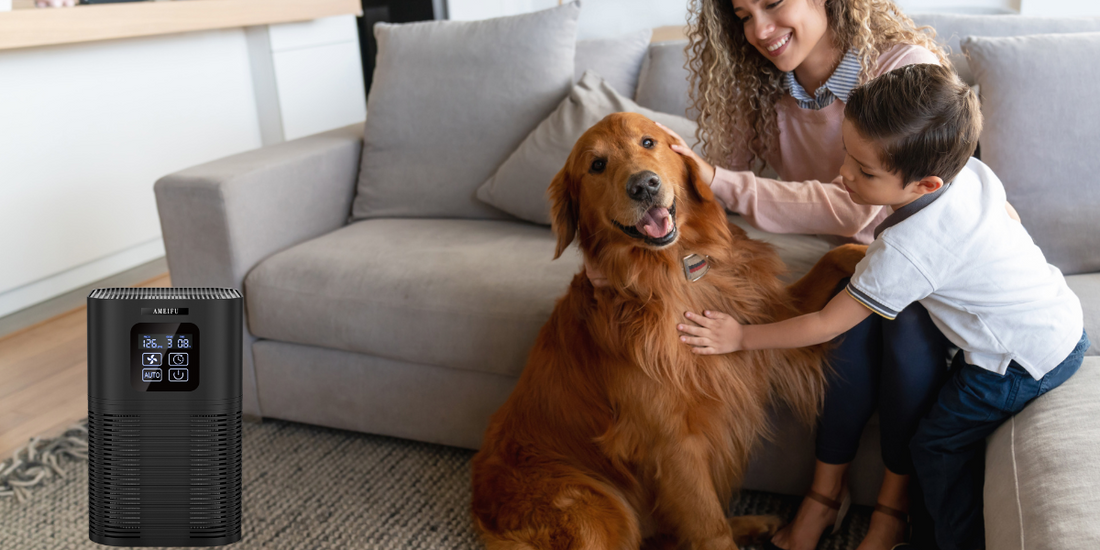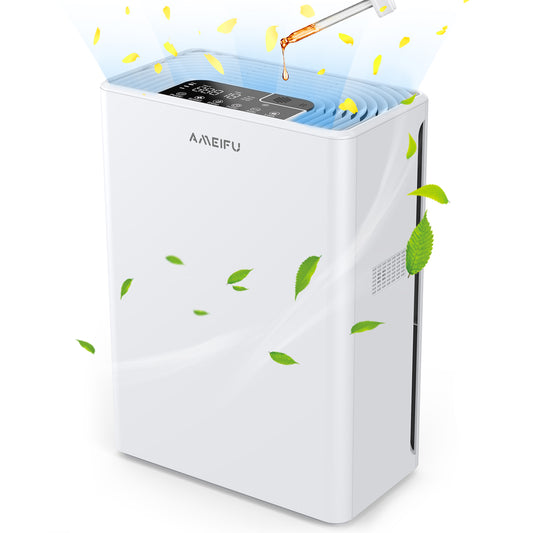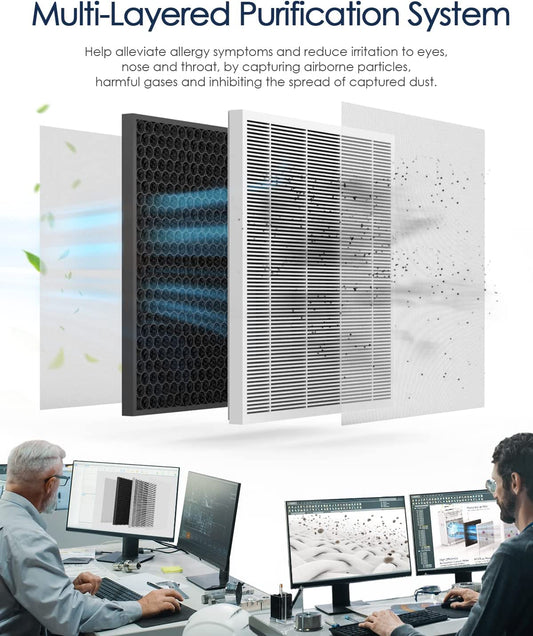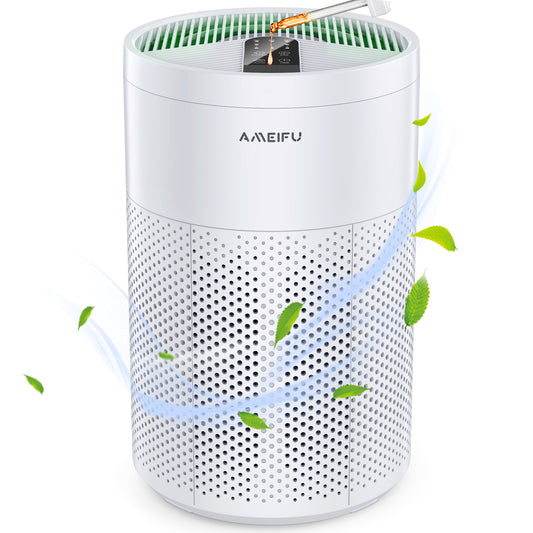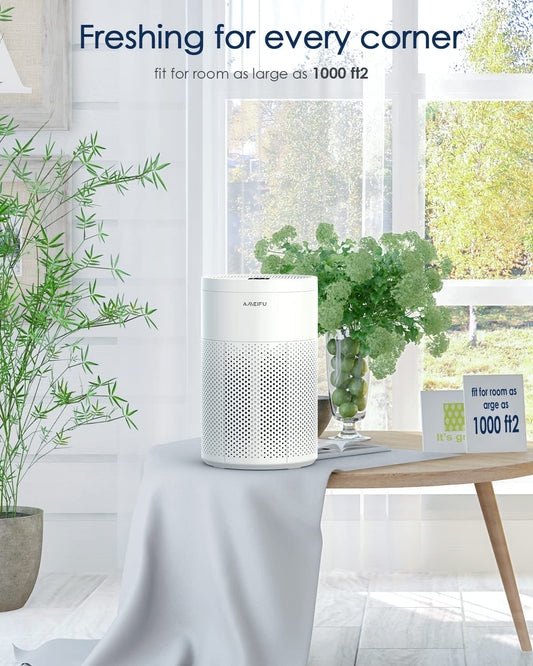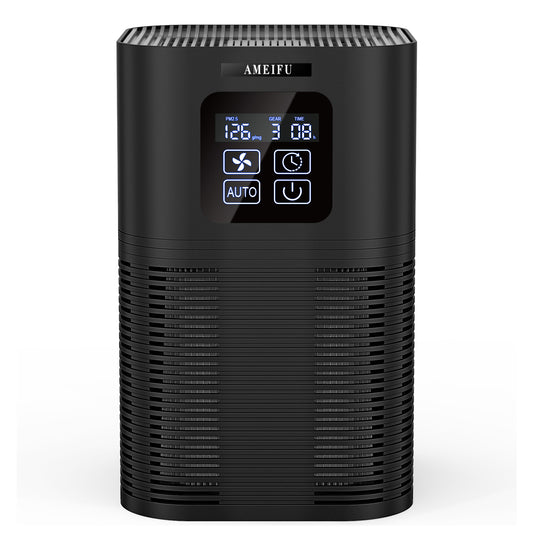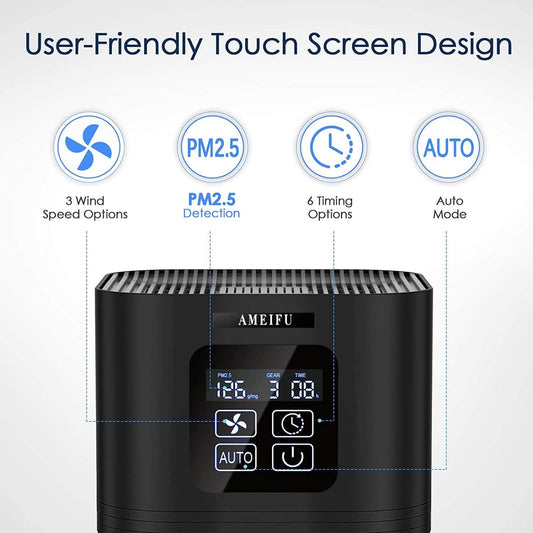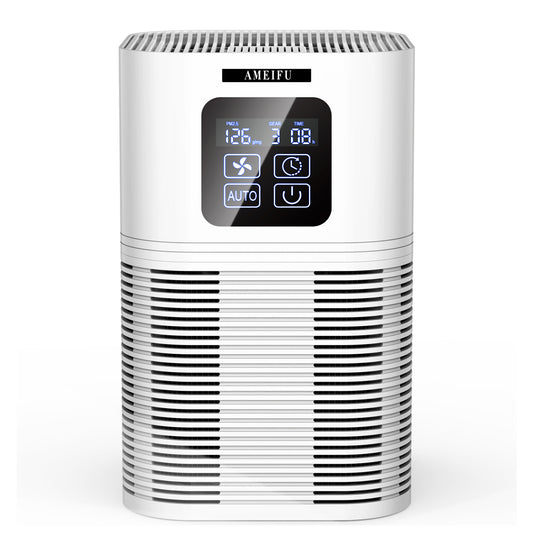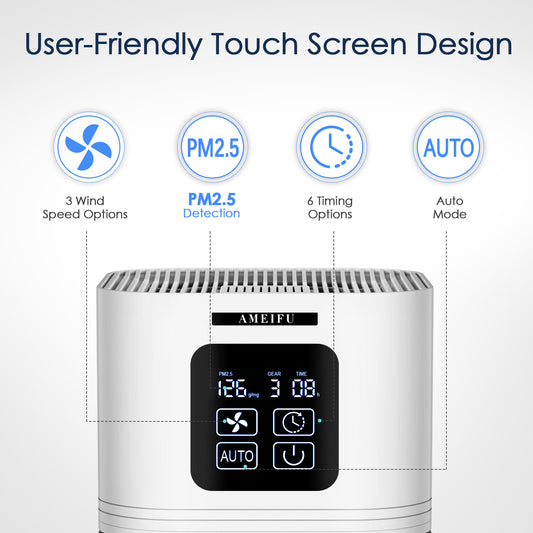Pet dander, comprised of tiny flecks of skin shed by animals, is a common allergen that can cause discomfort and respiratory issues in individuals with pet allergies. Air purifiers have gained attention as a potential solution to reduce the presence of pet dander and improve indoor air quality. This article explores the effectiveness of air purifiers in eliminating pet dander and provides valuable insights into their role in creating a healthier environment for pet owners.
Understanding Pet Dander
Pet dander consists of microscopic particles that contain proteins capable of triggering allergic reactions in susceptible individuals. These allergens can become airborne and settle on surfaces throughout the home, making it challenging to completely eliminate them. Pet dander allergies can cause symptoms such as sneezing, coughing, wheezing, itchy eyes, and congestion.
The Role of Air Purifiers
Air purifiers are designed to remove pollutants, allergens, and odors from indoor air, making them a potential solution for reducing pet dander levels. The efficacy of air purifiers in eliminating pet dander depends on various factors, including the type of purifier, the specific filtration technology employed, and the size and concentration of the dander particles.
Filter Types and Efficiency
High-efficiency particulate air (HEPA) filters are widely regarded as one of the most effective types of filters for allergen removal. These filters are designed to capture particles as small as 0.3 micrometers with an efficiency of 99.97%. HEPA filters can effectively trap pet dander particles, reducing their concentration in the air and providing relief to individuals with pet allergies.
In addition to HEPA filters, certain air purifiers incorporate specialized filters such as activated carbon filters. While not primarily designed for dander removal, activated carbon filters can help eliminate pet odors, which often accompany pet dander. By adsorbing odorous compounds, activated carbon filters contribute to a fresher and more pleasant indoor environment.
CADR and ACH: Evaluating Purifier Performance
Clean Air Delivery Rate (CADR) and Air Changes per Hour (ACH) are metrics used to assess the performance of air purifiers. CADR measures the volume of clean air delivered by the purifier per unit of time for specific pollutants. A higher CADR value indicates a more efficient purifier in removing airborne allergens, including pet dander.
ACH represents the number of times the entire volume of air within a room is exchanged by the purifier in one hour. A higher ACH value indicates more frequent air exchanges, reducing the concentration of allergens over time. Aim for an ACH of at least four to six for effective allergen reduction.
Choosing the Right Air Purifier
When selecting an air purifier to address pet dander, several factors should be considered. The size of the purifier and its coverage area should match the size of the room or space where it will be used. A higher CADR for dust or allergens is desirable to ensure efficient pet dander removal.
Noise level is also an important consideration, particularly for areas where peace and quiet are required, such as bedrooms or offices. Energy efficiency should also be evaluated, as air purifiers are typically operated continuously to maintain optimal indoor air quality.
Complementary Measures for Pet Dander Control
While air purifiers can significantly reduce pet dander levels, they should be considered as part of a comprehensive approach to managing indoor allergens. To further minimize pet dander, consider implementing the following measures:
- Regular cleaning: Regularly vacuuming carpets, upholstery, and pet bedding can help remove accumulated dander particles.
- Pet grooming: Regularly bathing and brushing pets can reduce the amount of dander they shed.
- Pet-free zones: Establishing specific areas within the home where pets are not allowed can help limit the spread of dander.
- HEPA vacuum cleaners: Using vacuum cleaners equipped with HEPA filters can prevent dander from being redistributed into the air during cleaning.
Conclusion
Air purifiers can play a vital role in reducing the presence of pet dander in indoor environments, providing relief to individuals with pet allergies. HEPA filters, combined with other filtration technologies like activated carbon, can effectively capture and remove dander particles, improving indoor air quality. Consideration of CADR, ACH, and other factors when selecting an air purifier is crucial for optimal performance.
However, it is important to note that air purifiers should be used in conjunction with other measures, such as regular cleaning and pet grooming, to comprehensively address pet dander. By adopting a holistic approach to managing indoor allergens, pet owners can create a healthier living space for themselves and their furry companions.

